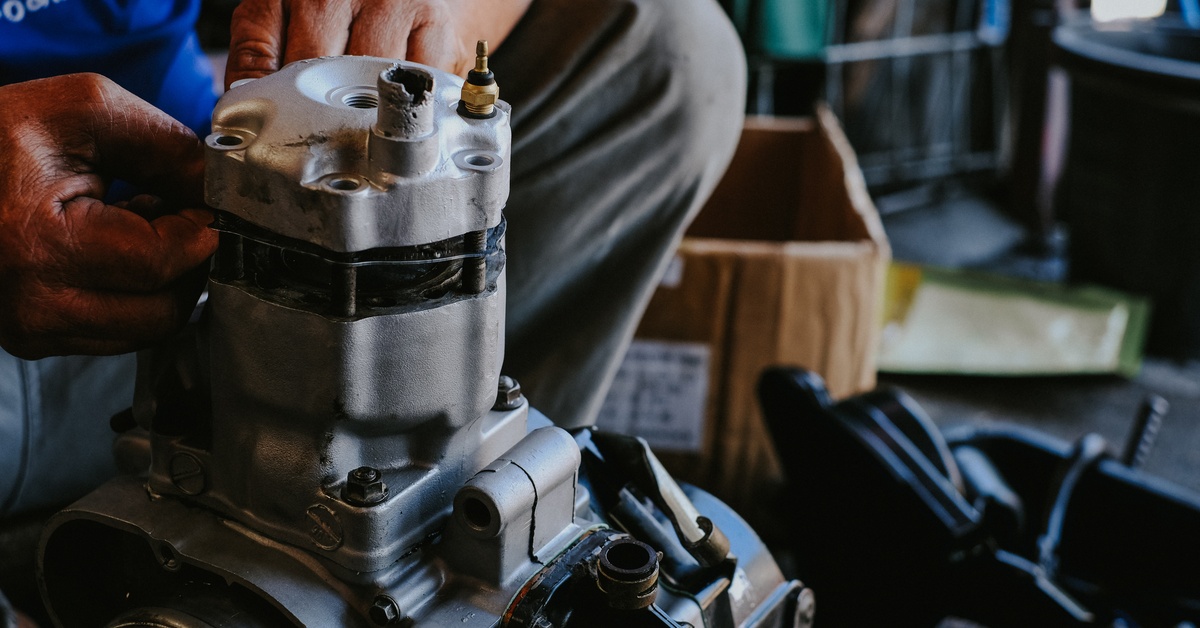Comparing 2-Stroke and 4-Stroke Cylinder Head Engines
When you’re exploring the world of personal watercraft (PWC), you’ll quickly encounter the great engine debate of 2-stroke and 4-stroke engines. Understanding the core differences between these two engine types is key to selecting a jet ski that fits your performance goals and maintenance preferences. We’ll be comparing 2-stroke and 4-stroke cylinder head engines to help you make the best choice.
How 2-Stroke Engines Work
A 2-stroke engine is a marvel of simplicity. It completes its power cycle with just two piston strokes: an upward stroke and a downward stroke. During the upward stroke, it handles intake and compression simultaneously.
Then, the downward stroke combines the combustion, or power, and exhaust phases. Because it fires once every revolution, a 2-stroke engine delivers a punchy, rapid acceleration that many riders love. Its design uses fewer moving parts, which often makes it lighter and mechanically simpler than its 4-stroke counterpart.
How 4-Stroke Engines Work
A 4-stroke engine operates with a more complex, four-stage process, which makes it similar to the engine in your car. Each stage requires a separate piston stroke:
- Intake: The piston moves down, drawing a mixture of fuel and air into the cylinder.
- Compression: The piston moves up, compressing the fuel-air mixture.
- Combustion: A spark plug ignites the mixture, forcing the piston down to create power.
- Exhaust: The piston returns upward, pushing the burnt gases out of the cylinder.
This four-step cycle results in a smoother, more controlled power delivery and generally operates more quietly.
Performance and Efficiency
When it comes to performance, the two engines offer distinct experiences. A 2-stroke engine provides a higher power-to-weight ratio, which translates to quick, responsive acceleration. They feel nimble and energetic on the water. However, they are less fuel-efficient and produce higher emissions because oil is mixed with the fuel for lubrication and burned during combustion.
A 4-stroke engine, on the other hand, delivers consistent and reliable power with improved fuel economy. They are heavy, yet they offer a stable and predictable ride. Additionally, these engines operate quietly without causing severe pollution.
Maintenance Needs
The simple design of a 2-stroke engine can make certain repairs easier and less costly. With fewer parts, there’s less that can wear out. However, they generally require more frequent attention and burn through oil, which you must continually replenish.
4-stroke engines are known for their durability and longer service intervals. They have a dedicated oil system, so you don’t need to mix oil with the gas. While they are more reliable for long-term use, maintenance can be more complex and expensive when intricate repairs are necessary.
Find the Right Parts for Your Ride
Choosing between a 2-stroke and a 4-stroke engine depends on your priorities. If you crave thrilling acceleration and prefer a lighter machine to work on, a 2-stroke might be for you. If you value fuel efficiency and long-term reliability, a 4-stroke is likely the better choice.
No matter which engine powers your jet ski, it needs high-quality parts to perform its best. When it’s time for maintenance or an upgrade, check out the wide selection of new and remanufactured jet ski cylinder heads from SBT to keep your engine running smoothly.


No Comments Yet